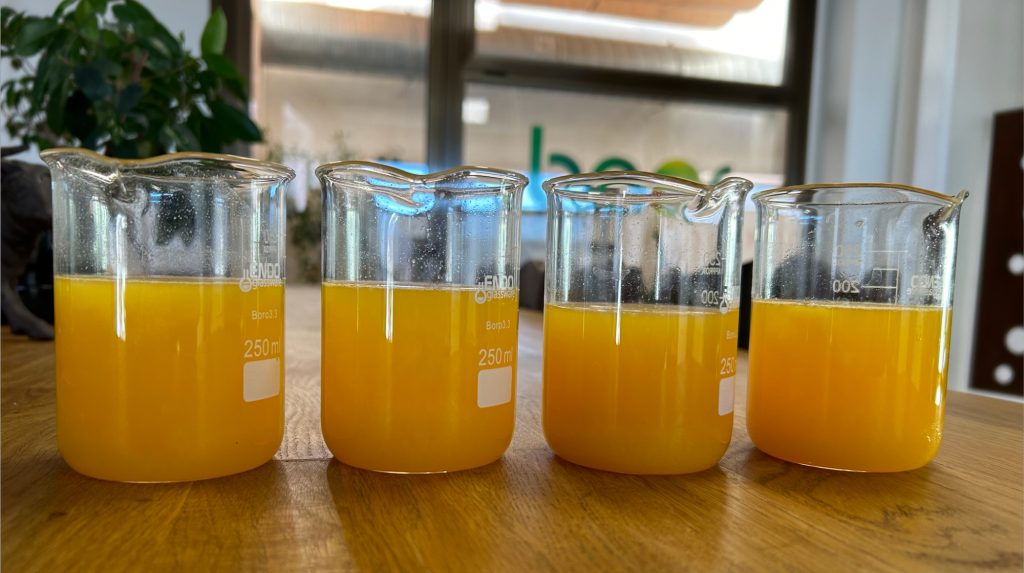16 Dic Exploring the Rise in Juice Prices and its Impact on Demand
The law of supply and demand has always marked the rise and fall in prices of fruit juice concentrates. When demand goes down, prices go down, and when demand goes up, prices tend to go up due to lack of supply. In raw materials for industry, for a few years now, we have been experiencing increasingly high peaks in prices of many fruit concentrates. As we have been saying, during 2023 – 2024 we are experiencing a boom in orange prices, and we are experiencing how this is affecting many, many fruit concentrates. The global inflation we have and the lack of generational change in agriculture is causing many countries to already have problems picking fruit and also for farmers to have generational change in their plantations.
Many years ago, smallholdings in Spain were able to satisfy the demand for many fruits, but little by little, they have all been lost, passing the production model to large estates, which is also linked to the loss of generational succession in the agriculture. We must keep in mind that in food, basic products must maintain prices and when a product increases in price too much, it is normal for the consumer to change for another alternative. This has already happened to us in the past with products such as olive oils, which due to the rise in extra virgin oil, the consumer changed their consumption habits for seeds or other olive oils with lower qualities, leaving these products in the market, and losing previous demand.

Changes in Juice Consumption Habits in the Face of the Increase in Concentrate Prices
In recent months, we have witnessed a phenomenon that has shaken the consumption habits of juice lovers: the notable increase in the prices of orange concentrate. This essential component, used in the production of various juices, has experienced an escalation in costs that is leaving a significant mark on the market. The orange, a classic source of vitamin C and unmistakable flavor, is now affected by a combination of factors, from unfavorable weather conditions to supply chain challenges. The result has been an increase in the price of orange concentrate, leading to a rethinking of consumer consumption habits. As prices for traditional orange-based juices rise, consumers are exploring new alternatives. Fruit juices less affected by price fluctuation, such as apple, pear, cranberry and exotic blends, are gaining popularity. This shift toward other options not only reflects a pragmatic adaptation to rising prices, but could also signal a long-term shift in consumer preferences. The worrying thing is that, although orange concentrate production is expected to recover in the coming years, changes in consumption habits may become more deeply rooted. Consumer loyalty is delicate territory, and once they get used to new options, some consumers may not return to their old habits.
Double challenge in juice production in the coming years
The industry faces a dual challenge: it must not only manage the current orange concentrate price crisis, but also anticipate and address evolving consumer preferences. Will we see a lasting transformation in the juice landscape, or will orange regain its dominant position when supply stabilizes? As the industry works to resolve these challenges, consumers are immersed in a journey of discovery of new flavors and blends. The rise in prices of orange concentrate is leaving a mark on our consumption habits, and only time will reveal if these changes are temporary or represent a lasting transformation in the world of juices as has previously happened with other products. Today, other juices such as apple or tangerine are taking positions that orange is losing.




Sorry, the comment form is closed at this time.